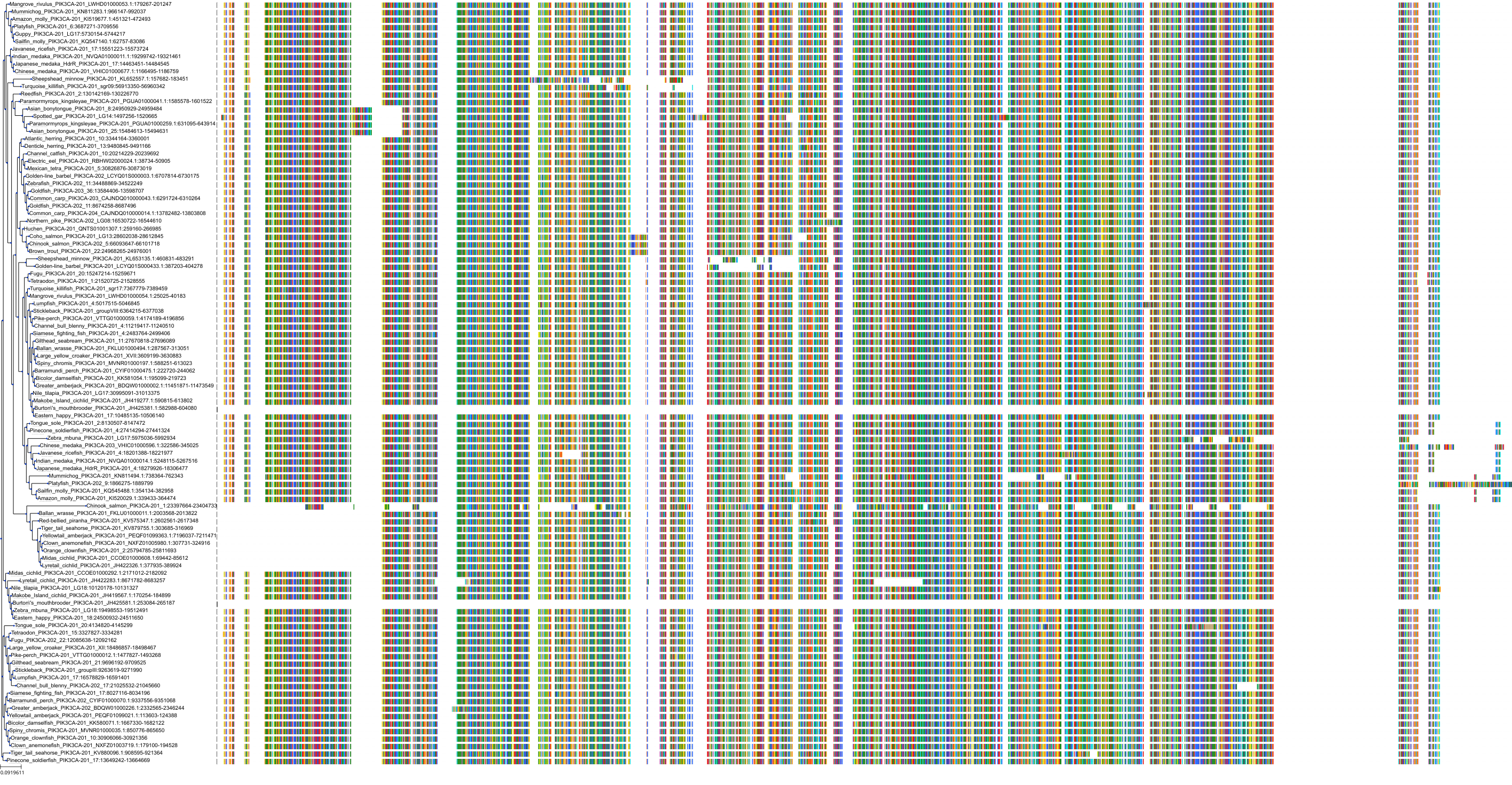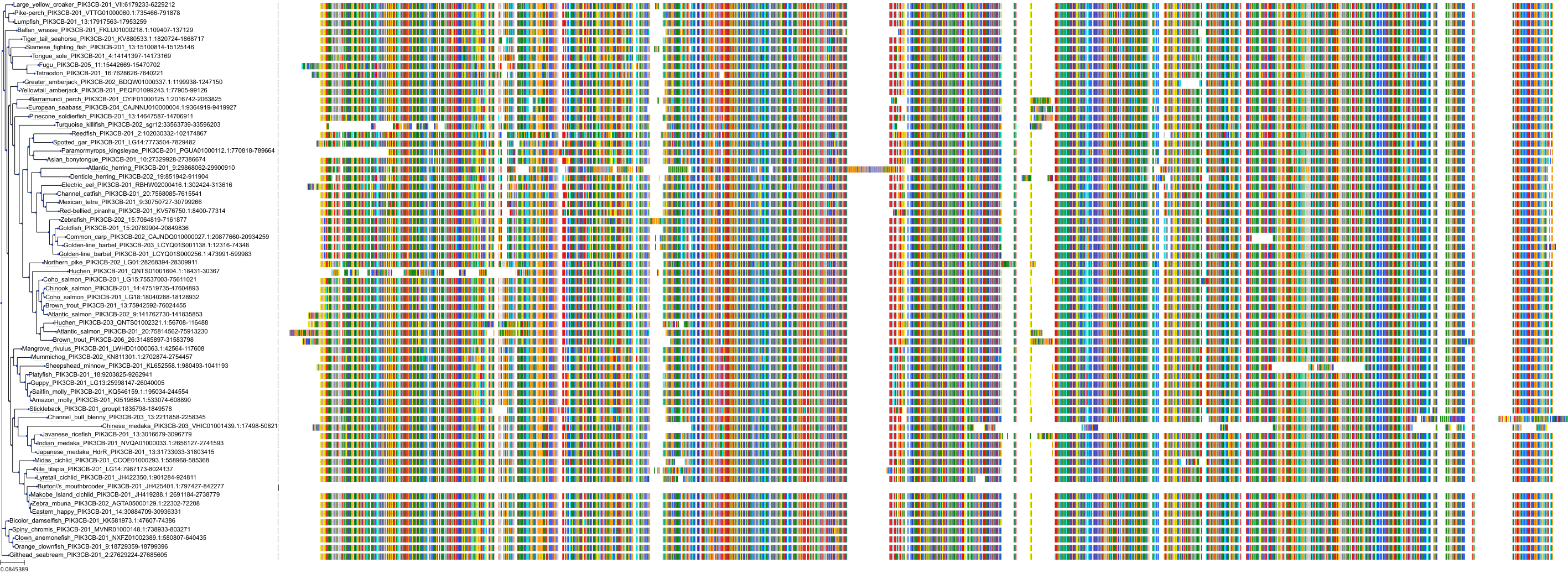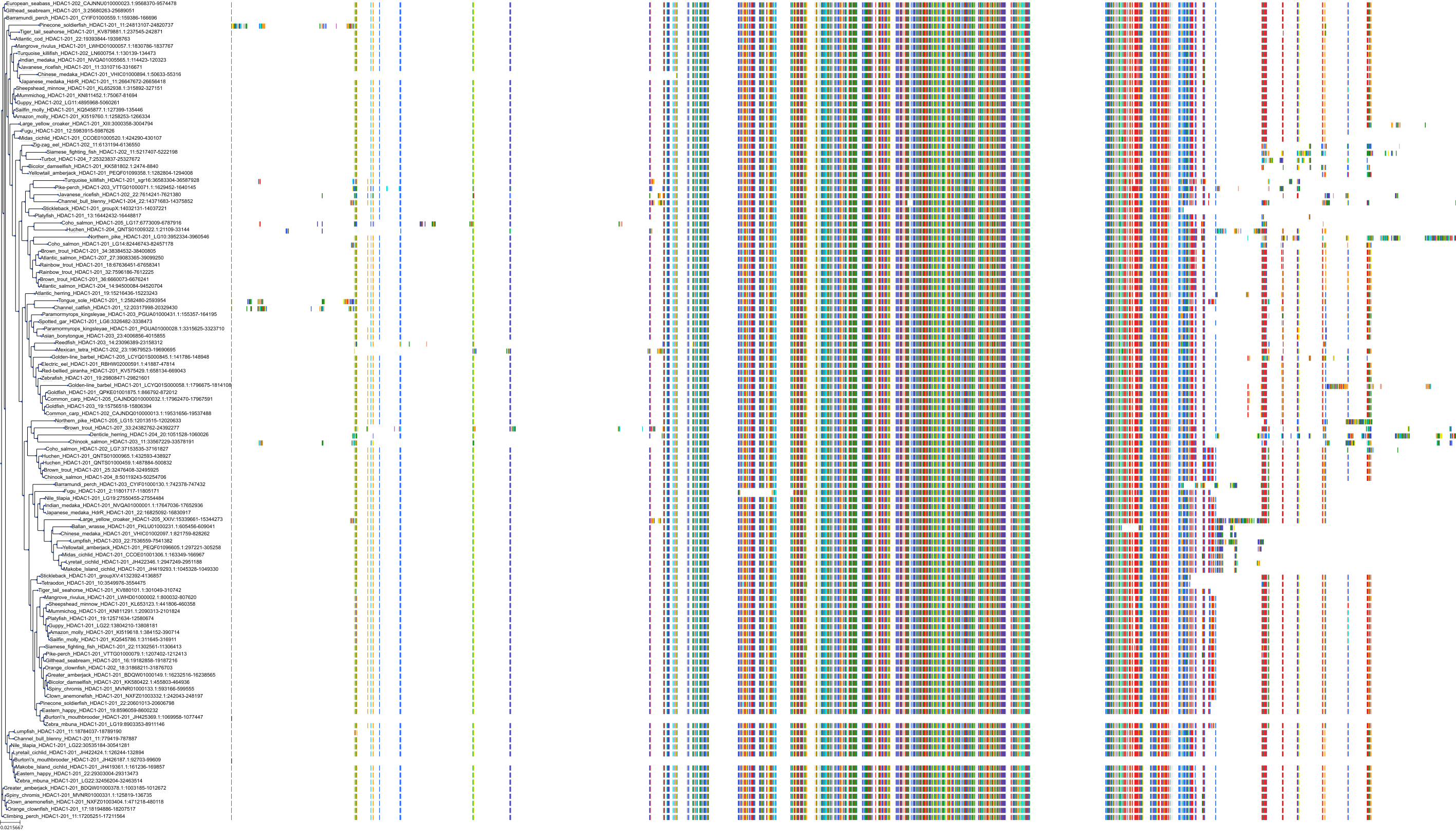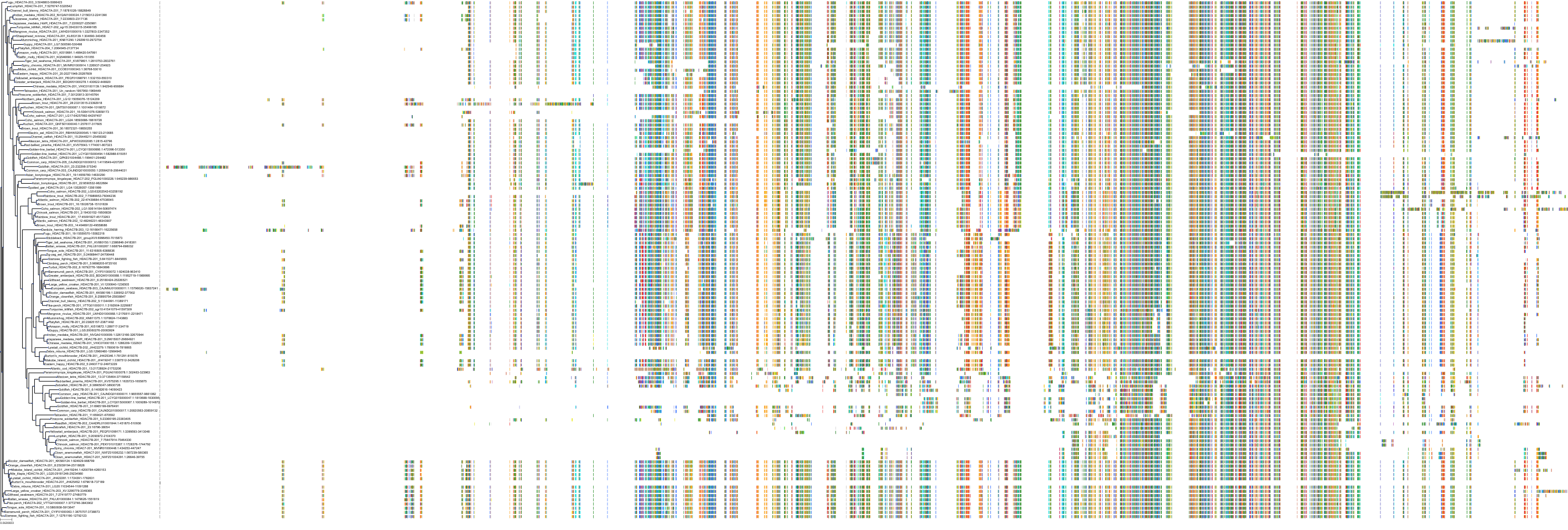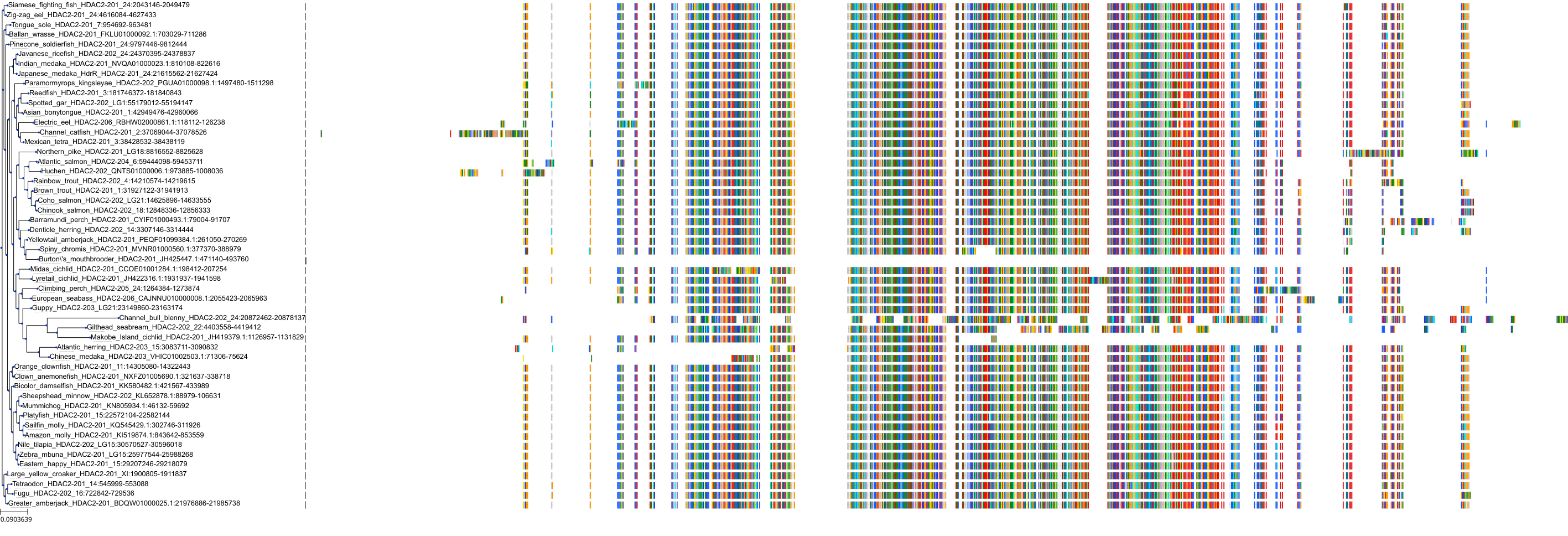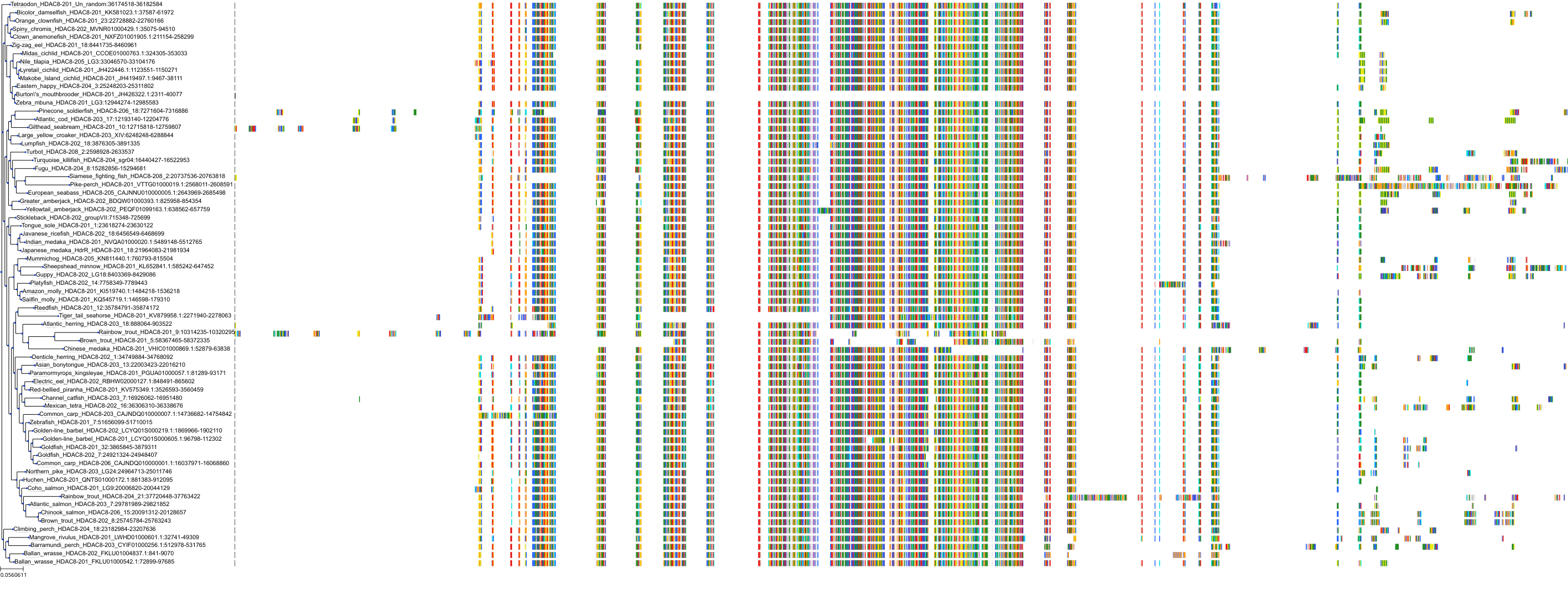| Synonyms | |
| Status | |
| Molecule Category | Free-form |
| UNII | 3S9RX35S5X |
| EPA CompTox | DTXSID90712307 |
Structure
| InChI Key | JOWXJLIFIIOYMS-UHFFFAOYSA-N | |
|---|---|---|
| Smiles | ||
| InChI |
|
Physicochemical Descriptors
| Property Name | Value | |
|---|---|---|
| Molecular Formula | C23H24N8O4S | |
| Molecular Weight | 508.56 | |
| AlogP | 2.14 | |
| Hydrogen Bond Acceptor | 12.0 | |
| Hydrogen Bond Donor | 2.0 | |
| Number of Rotational Bond | 7.0 | |
| Polar Surface Area | 138.72 | |
| Molecular species | NEUTRAL | |
| Aromatic Rings | 4.0 | |
| Heavy Atoms | 36.0 |
Bioactivity
|
Protein: PI3-kinase p110-delta subunit Description: Phosphatidylinositol 4,5-bisphosphate 3-kinase catalytic subunit delta isoform Organism : Homo sapiens O00329 ENSG00000171608 |
||||
|
Protein: Histone deacetylase Description: Histone deacetylase 3 Organism : Homo sapiens O15379 ENSG00000171720 |
||||
|
Protein: PI3-kinase p110-alpha subunit Description: Phosphatidylinositol 4,5-bisphosphate 3-kinase catalytic subunit alpha isoform Organism : Homo sapiens P42336 ENSG00000121879 |
||||
|
Protein: PI3-kinase p110-beta subunit Description: Phosphatidylinositol 4,5-bisphosphate 3-kinase catalytic subunit beta isoform Organism : Homo sapiens P42338 ENSG00000051382 |
||||
|
Protein: Histone deacetylase Description: Histone deacetylase 1 Organism : Homo sapiens Q13547 ENSG00000116478 |
||||
|
Protein: Histone deacetylase Description: Histone deacetylase 7 Organism : Homo sapiens Q8WUI4 ENSG00000061273 |
||||
|
Protein: Histone deacetylase Description: Histone deacetylase 2 Organism : Homo sapiens Q92769 ENSG00000196591 |
||||
|
Protein: Histone deacetylase Description: Polyamine deacetylase HDAC10 Organism : Homo sapiens Q969S8 ENSG00000100429 |
||||
|
Protein: Histone deacetylase Description: Histone deacetylase 11 Organism : Homo sapiens Q96DB2 ENSG00000163517 |
||||
|
Protein: Histone deacetylase Description: Histone deacetylase 8 Organism : Homo sapiens Q9BY41 ENSG00000147099 |
||||
|
Protein: Histone deacetylase Description: Histone deacetylase 6 Organism : Homo sapiens Q9UBN7 ENSG00000094631 |
||||
|
Protein: Histone deacetylase Description: Histone deacetylase 9 Organism : Homo sapiens Q9UKV0 ENSG00000048052 |
||||
|
Protein: Histone deacetylase Description: Histone deacetylase 5 Organism : Homo sapiens Q9UQL6 ENSG00000108840 |
||||
| Targets | EC50(nM) | IC50(nM) | Kd(nM) | Ki(nM) | Inhibition(%) | ||
|---|---|---|---|---|---|---|---|
|
Enzyme
Kinase
Protein Kinase
Atypical protein kinase group
Atypical protein kinase PIKK family
Atypical protein kinase FRAP subfamily
|
- | 185-431 | - | - | - | ||
|
Enzyme
Kinase
Protein Kinase
Atypical protein kinase group
Atypical protein kinase PIKK family
|
- | 185-431 | - | - | - | ||
|
Enzyme
Transferase
|
- | 39-359 | - | - | - | ||
|
Enzyme
|
- | 39-359 | - | - | - | ||
|
Epigenetic regulator
Eraser
Histone deacetylase
HDAC class I
|
126 | 2-8 | - | - | - | ||
|
Epigenetic regulator
Eraser
Histone deacetylase
HDAC class IIa
|
- | 191-479 | - | - | - | ||
|
Epigenetic regulator
Eraser
Histone deacetylase
HDAC class IIb
|
222 | 8-674 | - | - | - | ||
|
Epigenetic regulator
Eraser
Histone deacetylase
HDAC class IV
|
- | 5-1267 | - | - | - | ||
|
Ion channel
Voltage-gated ion channel
Potassium channels
Voltage-gated potassium channel
|
- | 79500 | - | - | - | ||
|
Unclassified protein
|
- | 2-3 | - | - | - |
Cross References
| Resources | Reference | |
|---|---|---|
| ChEMBL | CHEMBL3622533 | |
| DrugBank | DB11891 | |
| FDA SRS | 3S9RX35S5X | |
| Guide to Pharmacology | 8952 | |
| PubChem | 54575456 | |
| SureChEMBL | SCHEMBL1284705 | |
| ZINC | ZINC000073488511 |






















